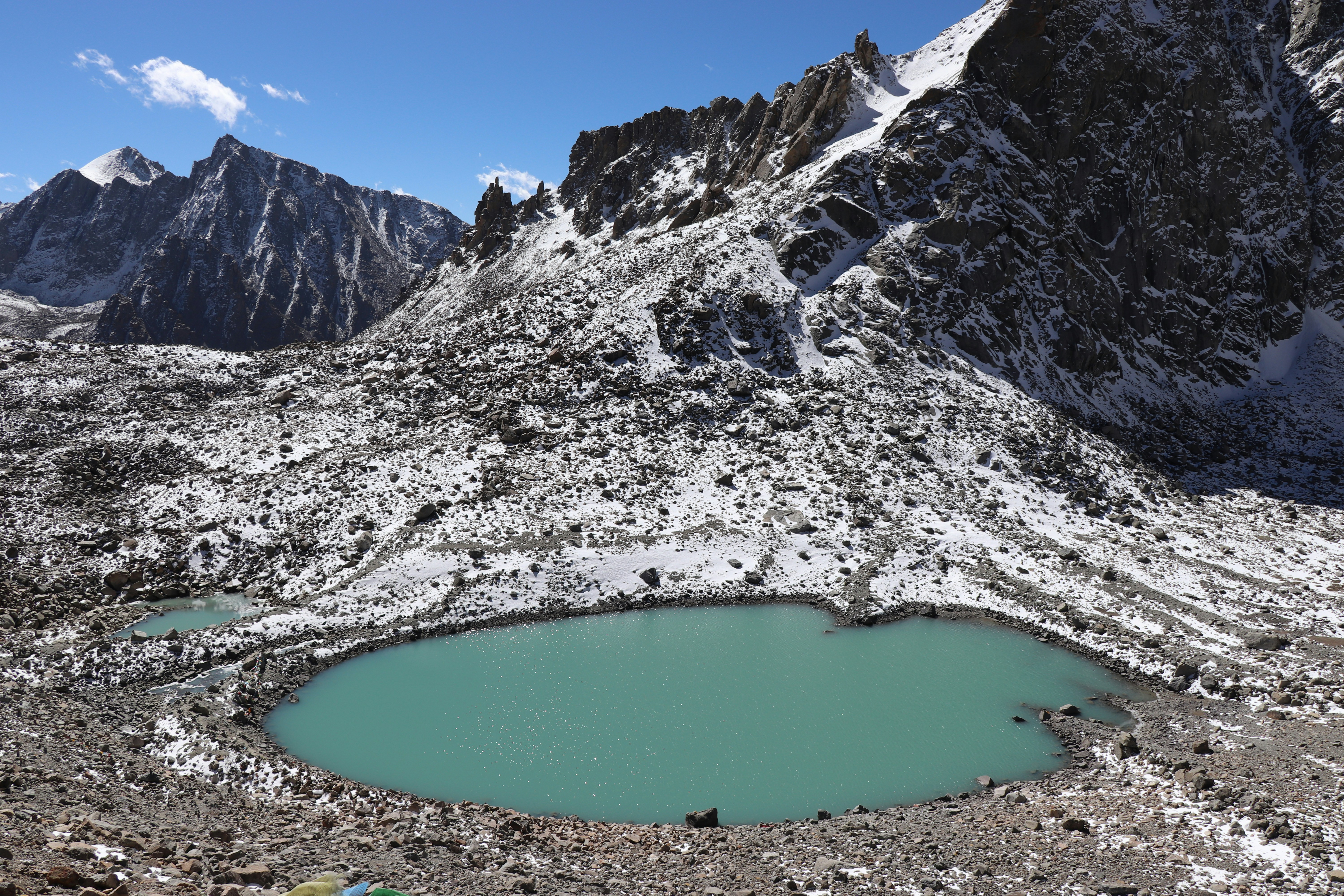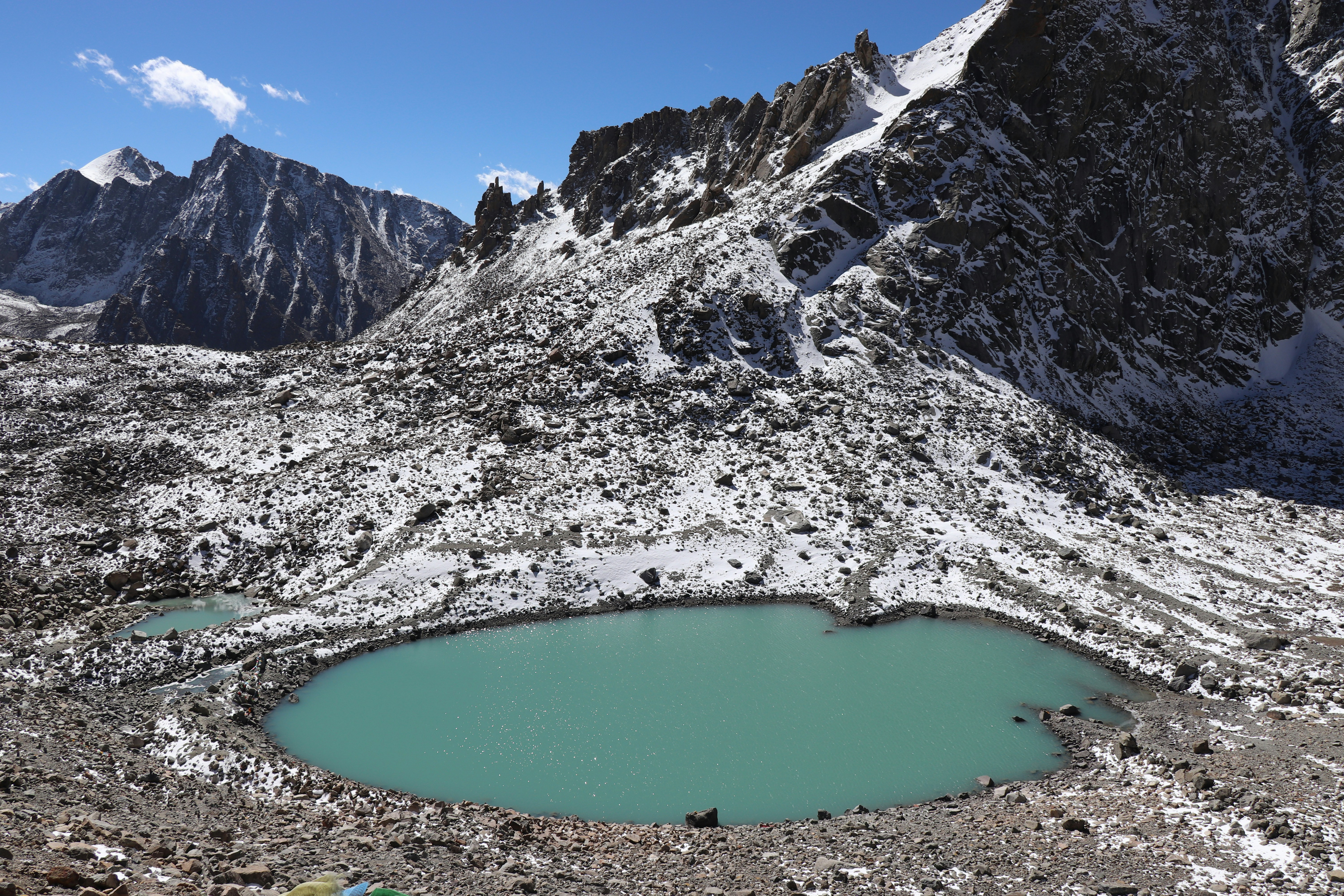The Sacred Pilgrimage
The Kailash Mansarovar Yatra is a sacred pilgrimage that attracts devotees from various religious backgrounds. Nestled in the serene trans-Himalayan region of Tibet, this spiritual journey holds profound significance for Hindus, Buddhists, Jains, and followers of the ancient Bon religion. It offers a unique blend of natural beauty and spiritual exploration, making it a truly divine expedition.
Mount Kailash: The Abode of the Gods
One of the main highlights of the Kailash Mansarovar Yatra is the majestic Mount Kailash. Revered as the abode of Lord Shiva by Hindus, this sacred mountain stands tall at an elevation of 6,638 meters. Its distinctive four-sided summit is believed to be the spiritual center of the universe, attracting pilgrims from far and wide.
According to Hindu mythology, Mount Kailash is the place where Lord Shiva resides with his consort, Goddess Parvati. It is considered to be the ultimate destination for those seeking spiritual enlightenment and liberation. The mountain’s awe-inspiring beauty and serene atmosphere create a perfect setting for introspection and self-discovery.
Mansarovar Lake: The Sacred Waters
Another significant aspect of the Kailash Mansarovar Yatra is the sacred Mansarovar Lake. Located at the foot of Mount Kailash, this pristine freshwater lake is believed to have been created by Lord Brahma. Its crystal-clear waters are considered to possess healing properties and are said to cleanse the sins of those who take a dip in its holy waters.
The Mansarovar Lake holds deep spiritual significance across different religions. Hindus believe that drinking its water can purify the soul, Buddhists consider it a symbol of enlightenment, Jains consider it a place of salvation, and followers of the Bon religion believe it to be the dwelling place of divine beings.
The Journey: A Test of Faith and Endurance
The Kailash Mansarovar Yatra is not just a physical journey; it is also a test of faith and endurance. The pilgrimage route is known for its challenging terrain, high altitudes, and unpredictable weather conditions. Pilgrims must undertake a rigorous trek, covering a distance of approximately 52 kilometers in order to reach Mount Kailash and circumambulate it.
Despite the hardships, thousands of devotees embark on this spiritual journey every year. The physical challenges encountered during the yatra are seen as a way to purify the body and mind, allowing pilgrims to connect with their inner selves and deepen their spiritual understanding.
Spiritual Significance for Different Religions
The Kailash Mansarovar Yatra holds immense spiritual significance for Hindus, Buddhists, Jains, and followers of the Bon religion.
Hinduism:
For Hindus, Mount Kailash is considered to be the dwelling place of Lord Shiva. It is believed that circumambulating the mountain, known as Parikrama, can lead to spiritual liberation and the attainment of moksha. The yatra is seen as a way to seek the blessings of Lord Shiva and cleanse oneself of past sins.
Buddhism:
In Buddhism, Mount Kailash is associated with the legendary Mount Meru, the center of the universe. Buddhists believe that circumambulating the mountain can bring good fortune and spiritual awakening. Many Buddhist pilgrims also visit the nearby Tirthapuri hot springs, which are believed to have been blessed by Guru Rinpoche.
Jainism:
For Jains, the Kailash Mansarovar Yatra is a significant pilgrimage as it is believed to be the place where the first Jain Tirthankara, Rishabhdev, attained enlightenment. Jain pilgrims visit the Ashtapad mountain, located near Mount Kailash, which is considered to be the sacred spot where Rishabhdev meditated.
Bon Religion:
The Bon religion, an ancient pre-Buddhist tradition of Tibet, also holds Mount Kailash in high regard. Followers of the Bon religion believe that the mountain is the dwelling place of the deity Shenrab, their supreme spiritual guide. The yatra is seen as an opportunity to connect with the divine and receive blessings from Shenrab.
Preparing for the Yatra
Embarking on the Kailash Mansarovar Yatra requires careful planning and preparation. Here are a few essential things to keep in mind:
Physical Fitness:
Given the challenging terrain and high altitudes, it is important to be in good physical health before undertaking the yatra. Regular exercise, cardiovascular workouts, and altitude training can help prepare the body for the journey.
Acclimatization:
Acclimatization is crucial to avoid altitude sickness. It is recommended to spend a few days in a nearby location at a lower altitude before starting the trek to Mount Kailash. This allows the body to adjust to the high altitude gradually.
Packing Essentials:
Some essential items to pack for the yatra include warm clothing, sturdy trekking shoes, a backpack, a sleeping bag, a first aid kit, sunscreen, sunglasses, a hat, and a water bottle. It is also advisable to carry some dry fruits and energy bars for sustenance during the trek.
Permits and Permissions:
Obtaining the necessary permits and permissions is an important part of the preparation process. It is advisable to consult a travel agency or tour operator who can assist with the paperwork and logistics.
A Life-Changing Experience
The Kailash Mansarovar Yatra is not just a physical journey; it is a transformative experience that touches the soul. The breathtaking natural beauty, the spiritual energy of Mount Kailash, and the serene waters of Mansarovar Lake create a powerful atmosphere for self-reflection and spiritual growth.
For those seeking a deeper connection with their inner selves and a greater understanding of the divine, this sacred pilgrimage offers a once-in-a-lifetime opportunity. The Kailash Mansarovar Yatra is a testament to the power of faith, endurance, and the human spirit’s quest for spiritual enlightenment.
Embark on this divine expedition, and let the sacred journey to Mount Kailash and Mansarovar Lake transform your life forever.
Enter your email to get the Latest Updated Exploring News and Topics
Discover more from atozexplore.com
Subscribe to get the latest posts sent to your email.







